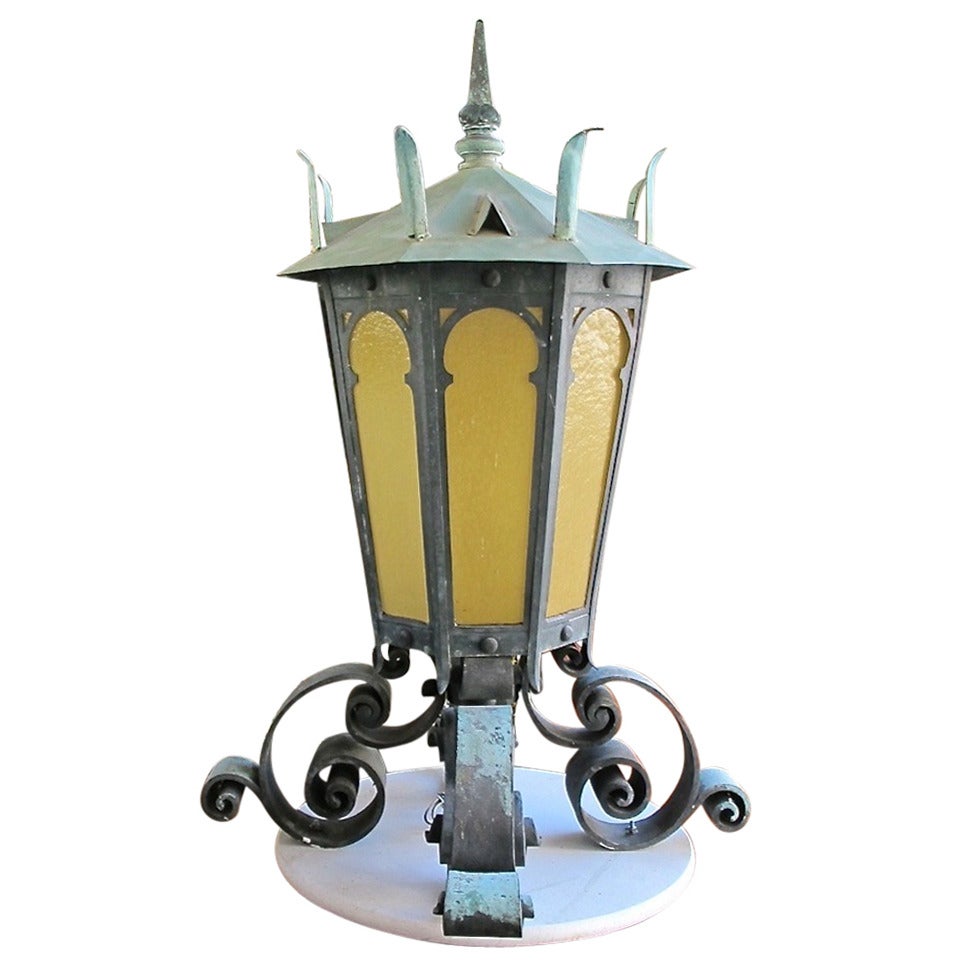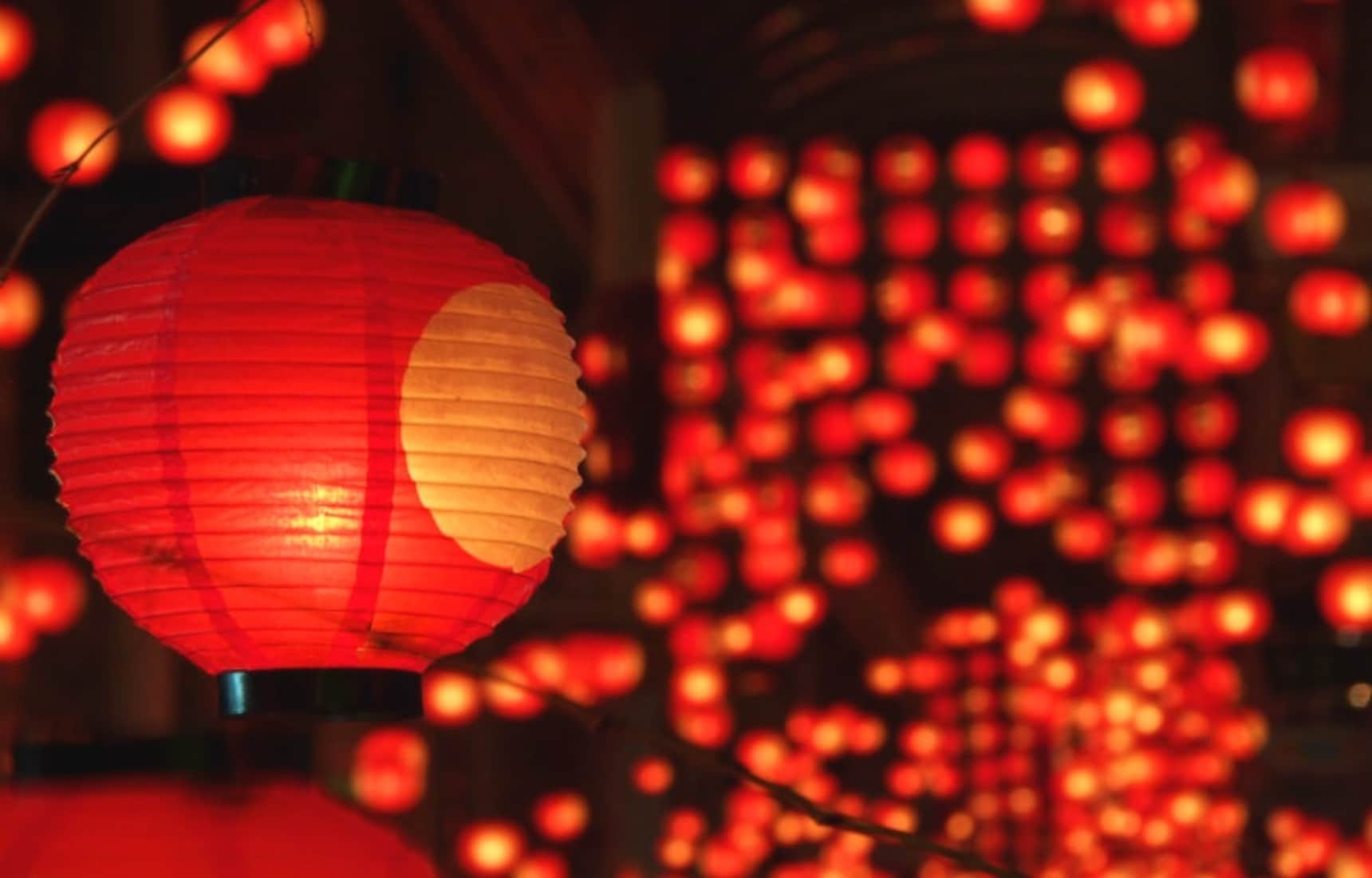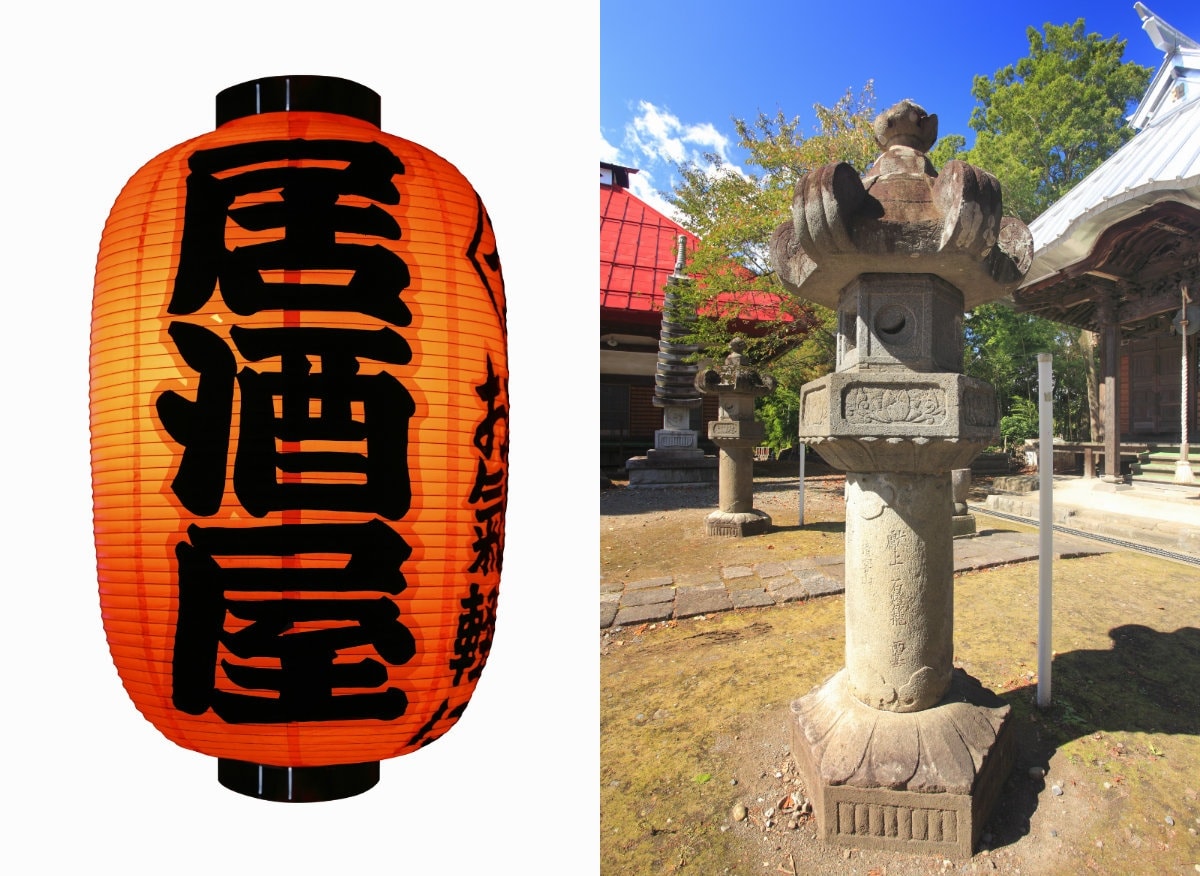

The two most common types of dai-dōrō are the bronze lantern and the stone lantern, which look like hanging lanterns laid to rest on a pedestal. 'platform lamp'), used in gardens and along the approach ( sandō) of a shrine or temple. 'hanging lamp'), which usually hang from the eaves of a roof, and dai-dōrō ( 台灯籠, lit. Tōrō can be classified in two main types: tsuri-dōrō ( 釣灯籠/掻灯/吊り灯籠, lit. In modern gardens they have a purely ornamental function and are laid along paths, near water, or next to a building. Soon they started to develop new types according to the need.

ĭuring the Azuchi-Momoyama period (1568–1600), stone lanterns were popularized by tea masters, who used them as garden ornaments.

Taima-dera has a stone lantern built during the Nara period, while Kasuga-taisha has one of the following Heian period. The oldest extant bronze and stone lanterns in Japan can be found in Nara. On the northeast face of the firebox is a symbol that represents the sun.Stone lanterns have been known in China as early as the Han dynasty (202 BCE–220 CE), and prevailed from the Wei, Jin, Southern and Northern Dynasties all the way up to the Tang Dynasty, when they were introduced to Japan. The three dots are also the heraldic symbol of the Matsura family, a branch of the clan that originally gave the lantern as a gift to the shōgun (将軍). Three dots on the southern face represent the Triad, a symbol deeply rooted in East Asian Buddhism. The shape of a crescent moon is carved on the northwest face of the firebox. The lantern’s firebox has a square opening symbolizing the earth and is used to light the lantern each year. The center of the front of the Kasa is carved with the Tokugawa family’s distinctive three-leaf heraldic family crest. Kasa translates to “umbrella” and serves to prevent the firebox beneath it from being affected by changes in weather conditions. Like traditional Japanese architecture’s curved roof edge corners, Honju is created to dispel evil spirits and protect the rest of the lantern. The round knob at the top of the lantern, referred to as Honju, is shaped like a Buddhist holy relic. A century after Commodore Matthew Perry convinced Japan to reopen international trade and end the Sakoku policy, the Japanese commemorated the resumption of Japanese foreign interaction by sending this Japanese lantern to the United States. Carved in 1651, the lantern stood for over 300 years on the grounds of the Iemitsu family’s shrine in what today is Ueno Park in Tokyo. The most famous ordinance in history, signed by Tokugawa Iemitsu, was the Sakoku policy (鎖国), which aimed at developing the domestic economy of Japan while shutting its borders to foreigners and halting foreign trade. The lantern was originally carved to commemorate Tokugawa Iemitsu (徳川家光1604-1651), the third shōgun (将軍) of the mighty Tokugawa clan as well as one of the iron-fisted military leaders who ruled the Japanese islands in the centuries before the 1868 Meiji Restoration (明治維新) elevated the emperor from a ceremonial titleholder to actual power. It was originally established by Tokugawa Ieyasu (徳川家康) and for 265 years established a political system under the strict control of the shogunate and divided the people of the country into four hierarchical classes – samurai, peasants, craftsmen, and merchants. The Edo Shogunate (江戸幕府), also called Tokugawa Shogunate (徳川幕府) was the last military ruling shogunate in Japanese history (1603-1868).


 0 kommentar(er)
0 kommentar(er)
